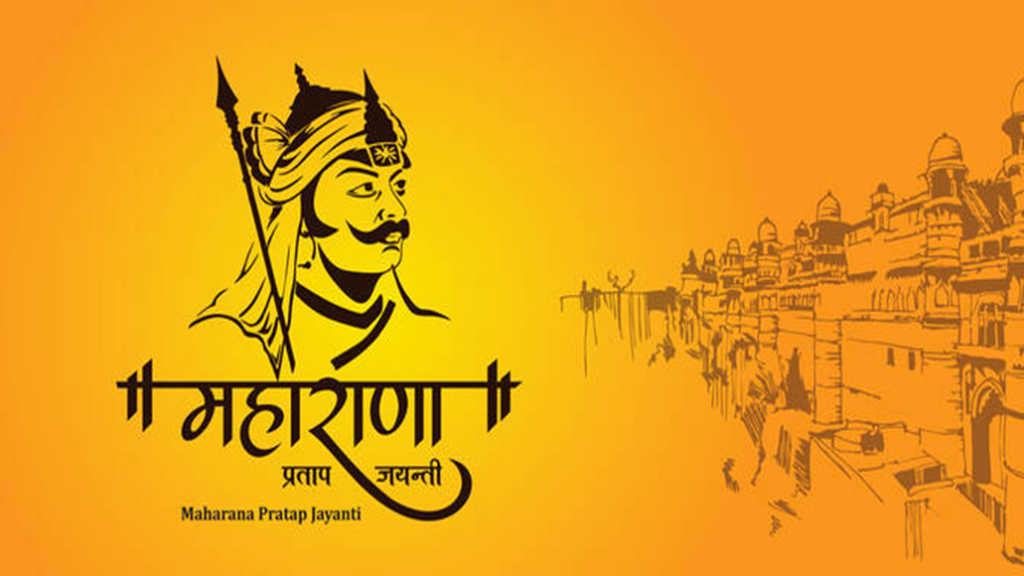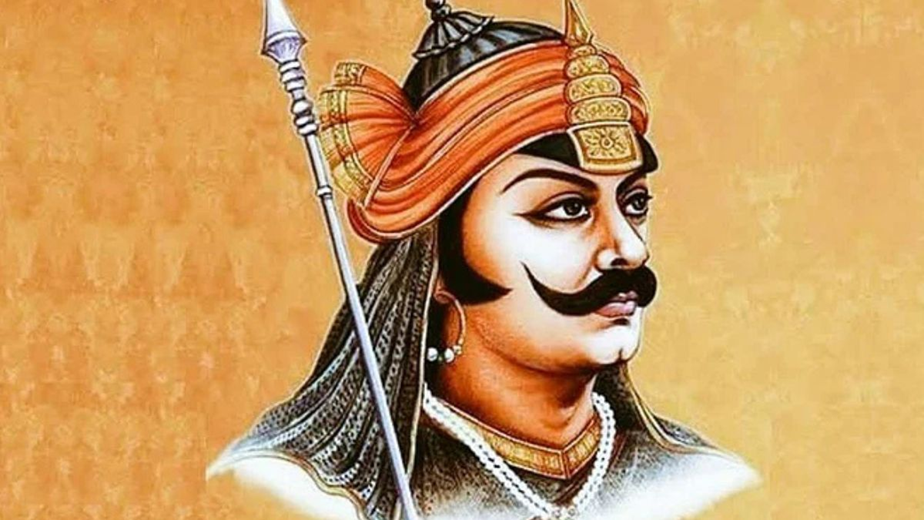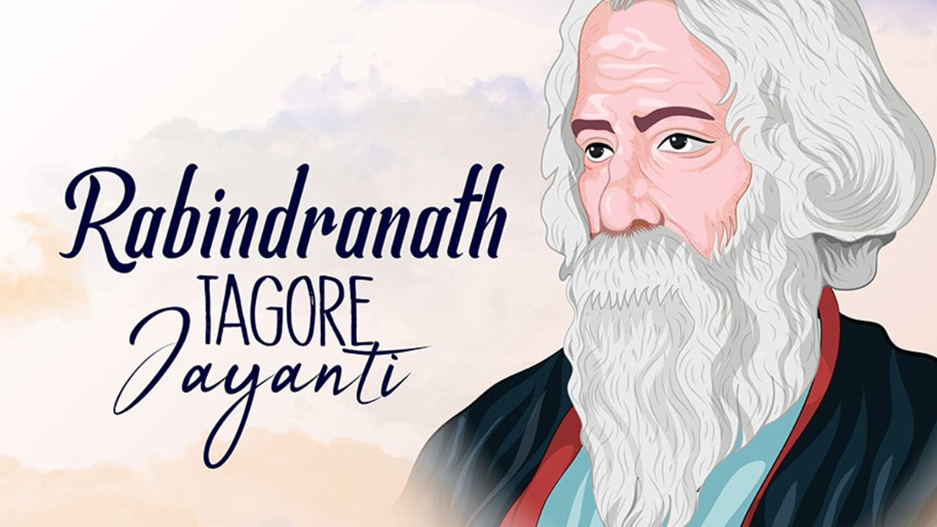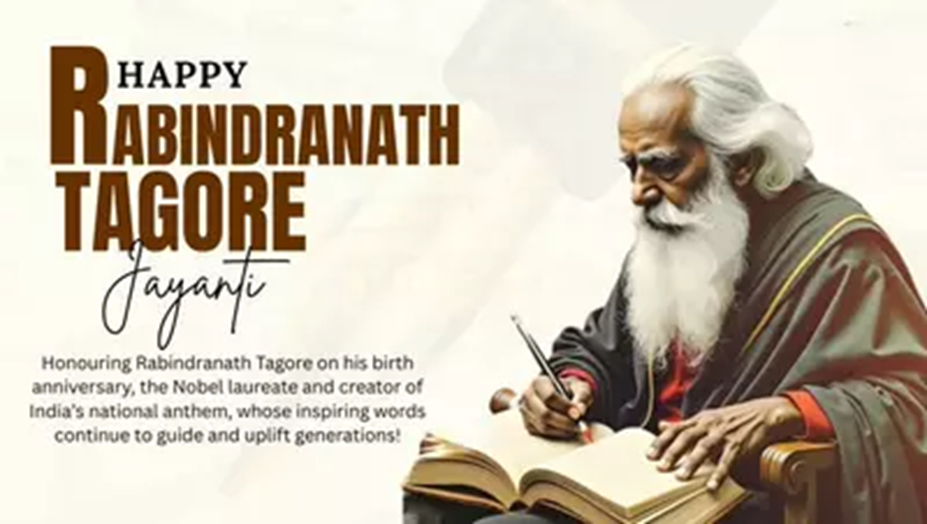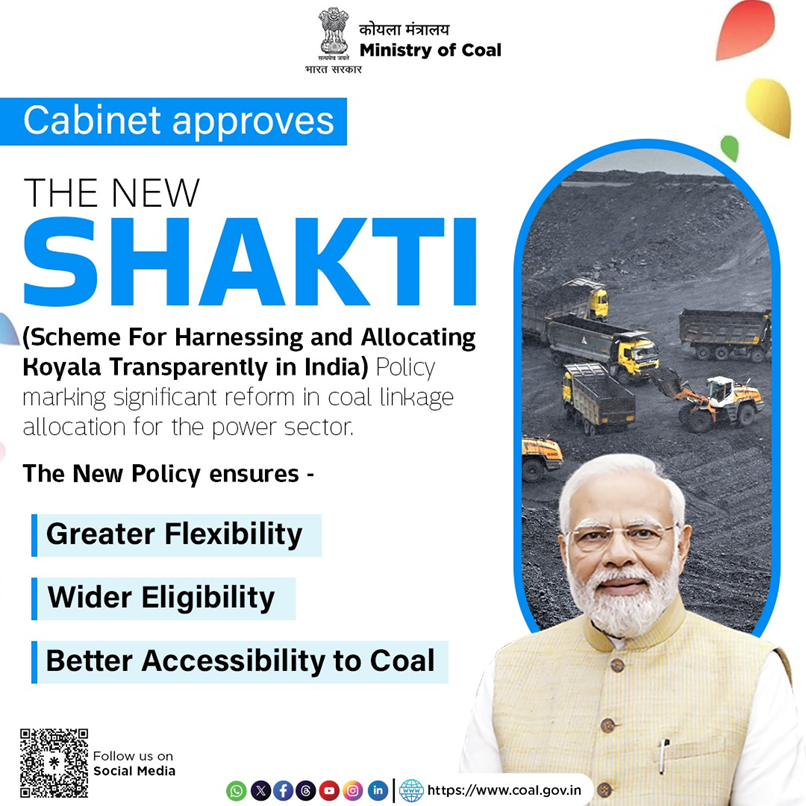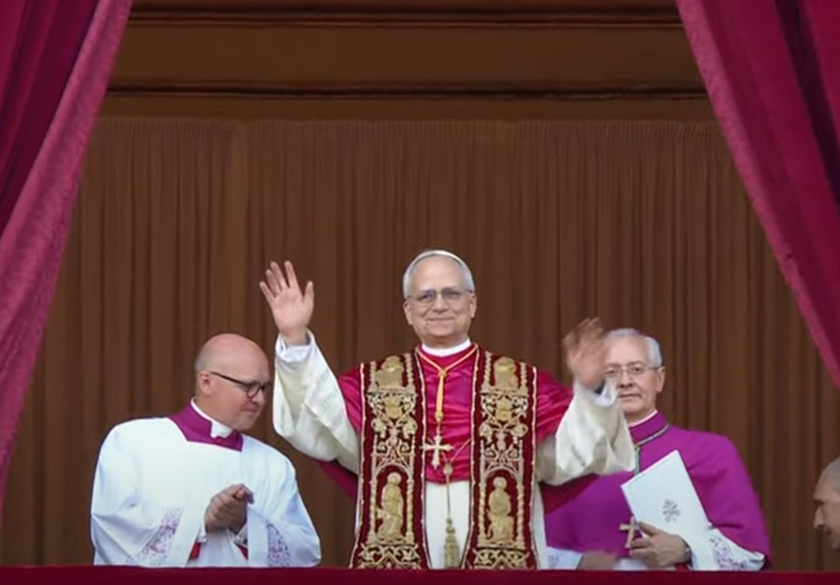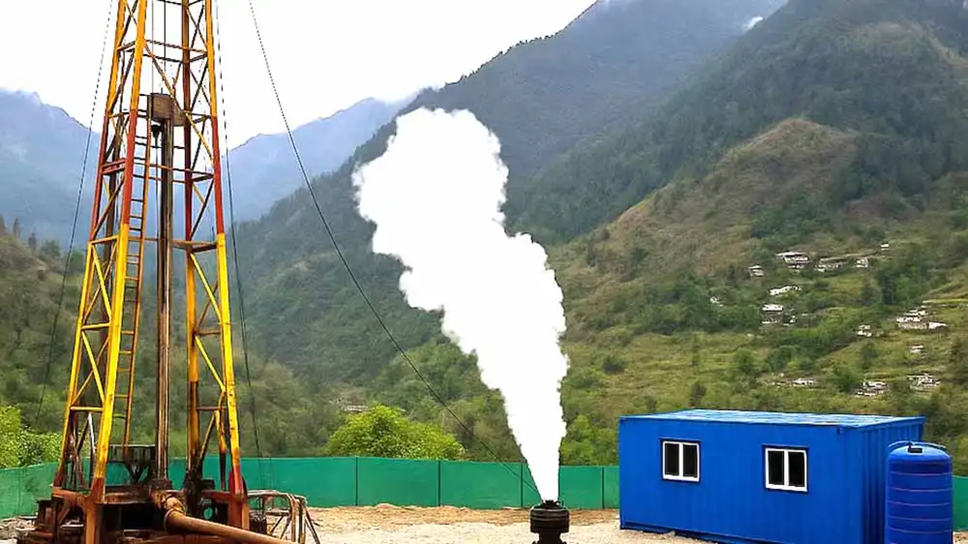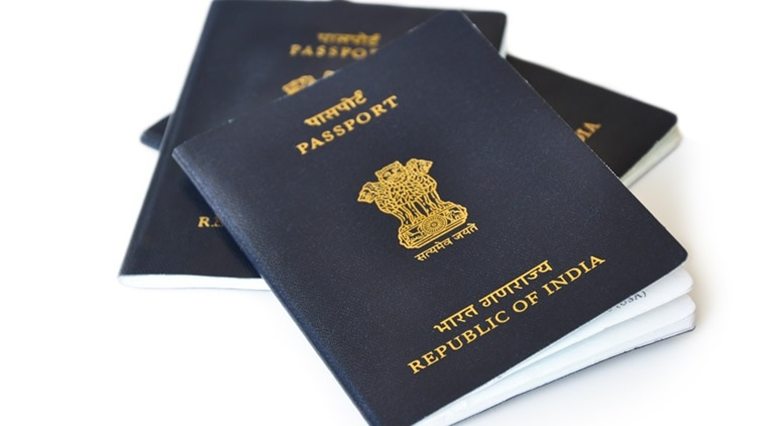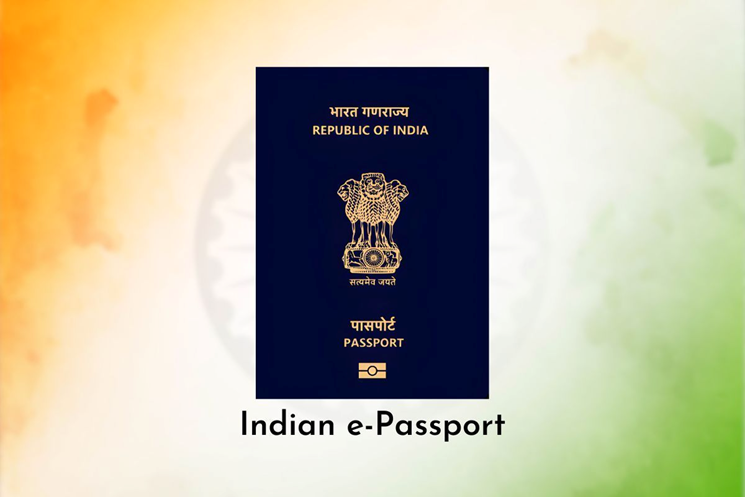In Current Affairs for 09 May 2025, we will see the latest national and international current affairs news. These important current affairs will be beneficial for your upcoming NDA, CDS, CDS OTA, AFCAT, TA, Agniveer Army, Agniveer Navy, Agniveer Air Force, Women Military Police, INET, MNS, ACC exams, SCO, PCSL, CAPF, and SSB interviews, and direct entries for Army, Navy, and Air Force like SSC Tech, TGC, JAG, NCC, TES, 10+2 Cadet. Download a PDF file about current events at the end of this article. Let us now see the Current Affairs.
Current Affairs 09 May 2025
Maharana Pratap Jayanti 2025
- Maharana Pratap Jayanti honors the 485th birth anniversary observed on 9th of May and of one of India’s most courageous and celebrated warriors, Maharana Pratap of Mewar. Renowned for his fearless spirit, unwavering dedication, and heroic resistance against the Mughal empire, he holds a special place in Indian history. Maharana Pratap was born to Maharana Udai Singh II and Maharani Jaiwanta Bai.
- Maharana Pratap was born to Maharana Udai Singh II and Maharani Jaiwanta Bai. He belonged to the Sisodia clan of Rajputs, who were known for their warrior spirit and independence.
- Ascension to the Throne
- After Udai Singh’s death, the throne was politically contested.
- Maharana Pratap was chosen over his stepbrother Jagmal due to his courage and leadership qualities.
- Struggle Against the Mughals
- Refused to accept Mughal dominance unlike many other Rajput rulers of his time.
- He led the resistance against Akbar and maintained Mewar’s independence.
- Battle of Haldighati (1576)
- Fought against the Mughal army led by Man Singh of Amber.
- Though not a clear victory, the battle became a symbol of Rajput heroism.
- His loyal horse, Chetak, also became legendary for saving him despite being mortally wounded.
- Later Years
- Continued guerrilla warfare to reclaim lost territories.
- Successfully restored most of Mewar (except Chittorgarh) before his death.
- Died on January 29, 1597, due to injuries sustained during hunting and earlier battles.
Rabindranath Tagore’s 164th Birth Anniversary
- India marked the 164th birth anniversary of Rabindranath Tagore, popularly known as the Bard of Bengal, on May 7, 2025. Celebrated with cultural events, poetry readings, and musical tributes across the country — particularly in West Bengal — this day commemorates the extraordinary legacy of a poet, philosopher, musician, and visionary who reshaped modern Indian identity through art and education. Born: May 7, 1861 in Jorasanko Thakurbari, Kolkata.
- Father: Debendranath Tagore, Mother: Sarada Devi.
- First Indian to win the Nobel Prize in Literature (1913) for Gitanjali.
- Composed national anthems of India (Jana Gana Mana) and Bangladesh (Amar Shonar Bangla). Titles: Gurudev, Kabiguru, Biswakabi, Bard of Bengal.
Major Works - Gitanjali, Gora, Ghare Baire, Rakta Karabi, Kabuliwala, Shesher Kobita.
- Founder of Visva-Bharati University, Santiniketan (1921).
- Background and Contributions
- Rabindranath Tagore was not only a literary genius but also a visionary who redefined art, education, and nationalism.
- Literary Legacy: Tagore authored more than 2,000 songs, numerous poems, plays, essays, short stories, and novels. His writing style merged traditional Indian themes with modern humanist ideas.
- Philosophy and Reforms: A proponent of universal humanism, Tagore advocated for freedom, peace, empathy, and global unity. He strongly opposed colonial rule but also critiqued narrow nationalism.
- Educational Vision: Disenchanted with conventional rote learning, he established Visva-Bharati, an open-air university blending Indian and Western philosophies, promoting creative learning.
- Cultural Impact: Tagore’s Rabindra Sangeet is still performed widely. His work influenced Indian classical and modern arts, and he corresponded with international thinkers like Einstein and Gandhi.
New SHAKTI Policy
- Cabinet Committee on Economic Affairs (CCEA), chaired by Prime Minister Narendra Modi, approved the Revised SHAKTI Policy (Scheme for Harnessing and Allocating Koyala Transparently in India) on May 7, 2025. The revised framework simplifies the coal linkage process for thermal power producers, introduces flexibility in supply mechanisms, and aims to enhance the ease of doing business in the sector. SHAKTI Policy was launched in 2017 to introduce transparency in coal allocation.
- Originally, only Central/State sector plants were allocated coal through nomination. Amendments were made in 2019 and 2023, culminating in this latest 2025 revision.
- Government of India approved the Revised SHAKTI Policy to streamline coal allocation, enhance energy security, and boost private sector participation. With a simplified two-window system replacing the earlier eight-paragraph format, the move marks a paradigm shift towards transparency, efficiency, and greater autonomy in the coal supply chain.
- Key Features of the Revised SHAKTI Policy (2025)
- Window-I: Coal Linkage at Notified Price
- Applicable to Central Sector TPPs (Thermal Power Projects) including Joint Ventures and subsidiaries.
- Coal linkage to be earmarked to State Governments or authorized agencies based on recommendations by the Ministry of Power.
- Utilization allowed in
- State Gencos.
- IPPs selected via Tariff-Based Competitive Bidding (TBCB).
- Existing IPPs with PPA under Section 62 of the Electricity Act, 2003.
- Window-II: Coal Linkage at Premium Price
- Open to all domestic coal-based and imported coal-based power plants.
- Coal can be secured via auction for,
- Short-term (up to 12 months).
- Long-term (up to 25 years).
- No Power Purchase Agreement (PPA) required.
- Freedom to sell electricity in power markets.
American Prelate Robert Prevost Elected As New Pope
- American prelate Robert Francis Prevost has been elected the new Pope, becoming the first American pontiff in the history of the Catholic Church. He will take the pontifical name of Pope Leo XIV.
- Chicago-born 69 years old Prevost is a member of the Augustinian order and has served in Peru. He was appointed Prefect of the Dicastery for Bishops and President of the Pontifical Commission for Latin America by Pope Francis in 2023.
- Addressing the crowd from the Vatican balcony, the new head of the Roman Catholic Church delivered a message of peace, saying, ‘Peace be with all of you.’ The election, signified by white smoke from the Sistine Chapel chimney, came after the conclave of 133 cardinals selected his successor. The conclave required a two-thirds majority of 89 votes to elect a new Pope.
Arunachal Pradesh Drills 1st Geothermal Production Well
- Centre for Earth Sciences and Himalayan Studies (CESHS) has successfully drilled the first geothermal production well in Dirang, West Kameng district of Arunachal Pradesh. This historic development marks a breakthrough in tapping high-altitude geothermal potential and promises to bring eco-friendly heating and agricultural processing technologies to the region.
- The geothermal drilling in Dirang is the first of its kind in Northeast India, establishing a major precedent for renewable energy use in remote and mountainous areas. The well, drilled after two years of scientific research, could soon make Dirang India’s first geothermal-powered city, revolutionizing clean energy access in high-altitude terrains.
- International Partners : Norwegian Geotechnical Institute (NGI), Oslo , Geotropy ehf (Iceland) , Guwahati Boring Service (GBS) , Background and Scientific Details
- Based on two years of geochemical and structural surveys in western Arunachal.
- Dirang was identified as a medium-to-high enthalpy geothermal zone with estimated reservoir temperature of 115°C.
- Geological features include quartzite overlying schist near the Main Central Thrust (MCT) — favorable for geothermal activity.
- Potential Applications
- Eco-friendly fruit, nut, and meat drying
- Space heating for high-altitude homes and institutions
- Controlled-atmosphere storage systems for agriculture
- Geothermal-powered city infrastructure in future
India Launches Chip- Based E-passports
- India has officially rolled out chip-based e-passports as part of its ongoing digital transformation of travel documentation. These new passports, embedded with RFID chips and biometric data, aim to enhance the security, efficiency, and convenience of international travel for Indian citizens. The move places India alongside countries like the USA, UK, and Germany, which already use advanced e-passport technology.
- The Government of India, under the Passport Seva Programme Version 2.0, began the nationwide rollout of chip-based e-passports on April 1, 2024. This initiative marks a significant step toward modernizing travel infrastructure and ensuring secure and tamper-proof documentation for Indian citizens. It also coincides with the implementation of new passport rules in 2025.
- Key Features of Chip-Based E-Passports
- Embedded RFID Chip & Antenna: Stores biometric and personal data securely.
- Enhanced Security: Difficult to forge or duplicate.
- Scannable Barcode: For digital access to residential addresses by immigration officers.
- Objectives
- Improve passport security and global compatibility.
- Streamline immigration processes and reduce fraud.
- Support digital India and paperless governance goals.
- New Passport Rules (2025)
- Birth Certificate Mandatory: For those born on or after October 1, 2023.
- Residential Address Digitally Embedded: No longer printed on the last page.
- Parents’ Names Removed: Personal data now streamlined to only essential information.
Current Affairs 09 May 2025 Question
- What Makes The Geothermal Drilling In Dirang Significant
A. It is India’s first geothermal drilling project.
B. It is the first such project in Northeast India.
C. It is Asia’s largest geothermal project.
D. It was completed within six months.
ANSWER: B - What potential milestone could Dirang achieve due to the geothermal drilling
A. First solar-powered city in India
B. Highest energy-producing city in the Northeast
C. First geothermal-powered city in India
D. First hydroelectric city in the Himalayan region
ANSWER: C - When did the Government of India begin rolling out chip-based e-passports
A. January 26, 2024
B. March 31, 2024
C. April 1, 2024
D. May 1, 2024
ANSWER: C - What is a major benefit of the chip-based e-passports
A. Free travel insurance
B. Increased pages in passport
C. Tamper-proof and secure documentation
D. Automatic visa approval
ANSWER: C - What is the objective of the Revised SHAKTI Policy
A. Promote solar energy
B. Replace oil imports
C. Streamline coal allocation and enhance energy security
D. Increase hydroelectric capacity
ANSWER: C - Which birth anniversary of Rabindranath Tagore was celebrated in 2025
A. 150th
B. 160th
C. 164th
D. 170th
ANSWER: C - The MRSAM India Eco-System Summit 2.0 was hosted at which location
A. Vigyan Bhavan
B. DRDO Bhawan
C. Manekshaw Centre
D. India Gate Grounds
ANSWER: C - INS Tamal Belongs To Which Class Of Frigates
A. Shivalik class
B. Talwar class
C. Krivak-III class
D. Kolkata class
ANSWER: C - Bhimgad Wildlife Sanctuary Is Located In Which State
A. Odisha
B. Maharashtra
C. Andhra Pradesh
D. Karnataka
ANSWER: D - IXPE (Imaging X-ray Polarimetry Explorer) Is A Joint Mission Of Which Two
Space Agencies
A. National Aeronautics and Space Administration (NASA) and European Space
Agency (ESA)
B. European Space Agency (ESA) and Indian Space Research Organisation (ISRO)
C. National Aeronautics and Space Administration (NASA) and Italian Space Agency
D. Indian Space Research Organisation (ISRO) and Italian Space Agency
ANSWER: C - Where Has The Union Ministry Of Education Approved The Establishment Of
IIFT’s Off-campus Centre
A. Mumbai
B. Hyderabad
C. Bengaluru
D. GIFT City
ANSWER: D - Who Has Inaugurated 22nd Edition Of Bharat Telecom In New Delhi
A. Narendra Modi
B. Amit Shah
C. Jyotiraditya Scindia
D. Ravi Shankar Prasad
ANSWER: C - What Was The Theme Of The 58th Annual ADB Board Of Governors Meeting
In 2025
A. Inclusive Finance for All
B. Future Forward: Asian Prosperity
C. Sharing Experience, Building Tomorrow
D. Sustainable Growth and Equity
ANSWER: C - Operation Sindoor Was Launched In Response To Which Terror Incident
A. Uri Attack
B. Pulwama Attack
C. Pahalgam Attack
D. Pathankot Attack
ANSWER: C - Which Three Terrorist Organisations Were The Main Targets In Operation
Sindoor
A. Al-Qaeda, ISIS, Haqqani Network
B. Hizbul Mujahideen, Jaish-e-Mohammed, Lashkar-e-Taiba
C. Taliban, LeT, PFI
D. SIMI, IM, ISI
ANSWER: B - Which Branch Of The Indian Armed Forces Was NOT Involved In Operation
Sindoor
A. Indian Navy
B. Indian Army
C. Indian Air Force
D. None – all three were involved
ANSWER: D - What Was The Mode Of Execution Used In Operation Sindoor
A. Ground troop invasion
B. Cross-border infiltration
C. Coordinated long-range strikes from Indian territory
D. Air-dropped paratroopers
ANSWER: C - Which Missile Or Munition Was Used In Operation Sindoor For Deep Precision
Strikes
A. BrahMos
B. Agni-V
C. SCALP Cruise Missile
D. Prithvi-II
ANSWER: C - Which Of The Following Was A Notable Result Of Operation Sindoor
A. Capture of a terrorist leader
B. Suspension of the Indus Waters Treaty
C. Destruction of key terror camps in Pakistan and PoJK
D. Deployment of peacekeeping forces in Kashmir
ANSWER: C - What Is The Number Of Richas In Rigveda
A. 1810
B. 731
C. 10580
D. 5839
ANSWER: C

